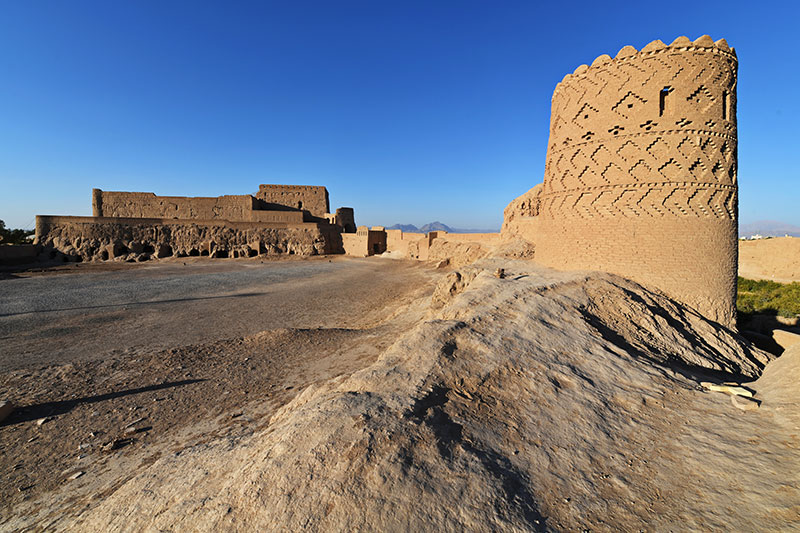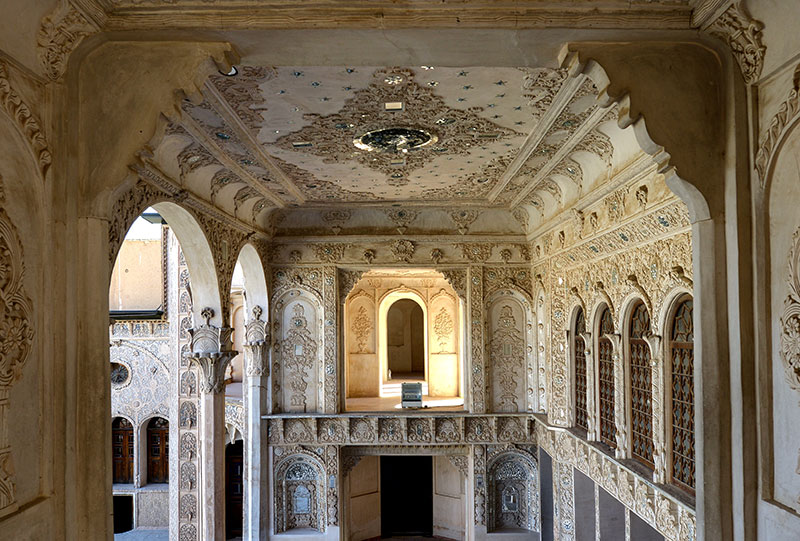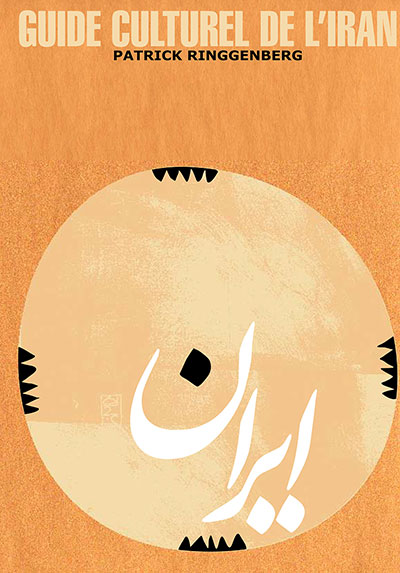If Iranian civilization has extended its cultural influence to Central Asia (Samarkand, Bukhara) and Northern India (the Mughal Empire), contemporary Iran holds an extraordinary heritage, the riches of which we measure every day. If cities like Isfahan and Shiraz have long been the focus of attention, heritage, and awareness of its importance, continue to be nourished by discoveries and revaluations: ancient cities are being excavated, like Jiroft in the early 2000s; we rediscover ancient villages or lost fortresses; traditional houses are being restored; old techniques are being used again, such as the famous qanat (underground water galleries) or badgir (wind towers, serving as ventilation in desert cities).





